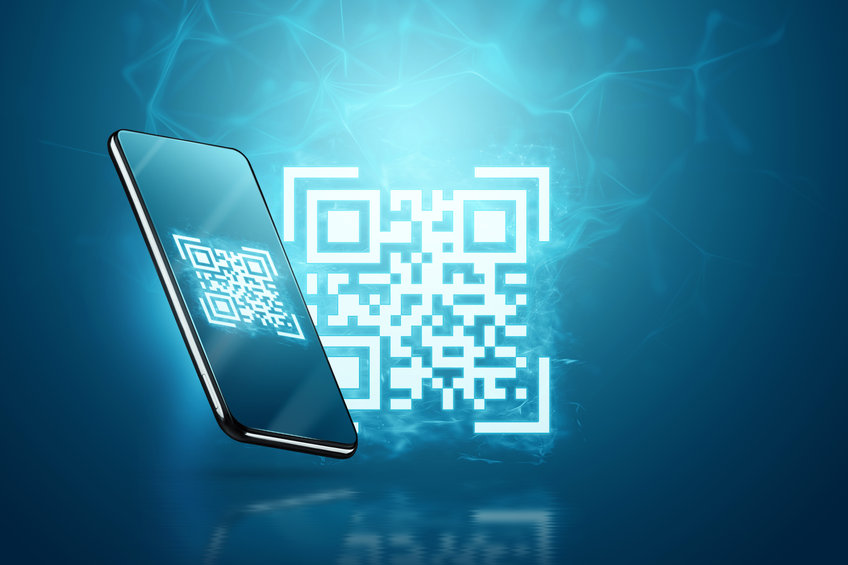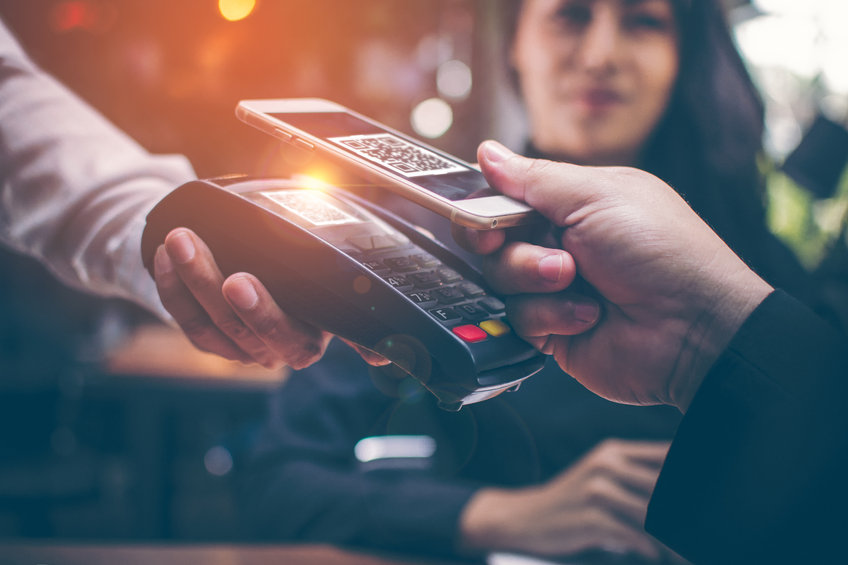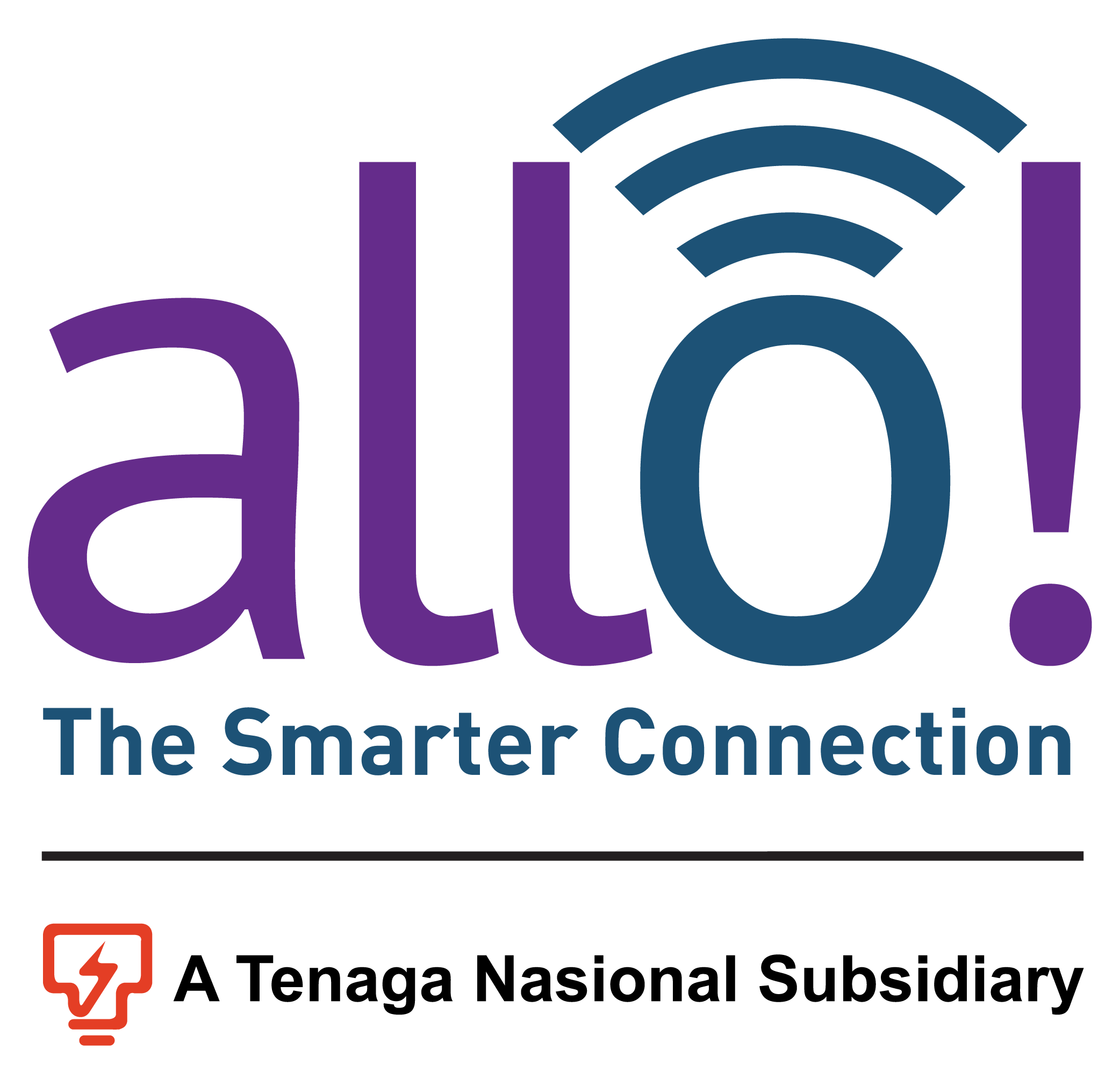BLOG
QR Codes Are Great for Business. Here’s Why

As Malaysia continues its digital transformation, businesses are finding unique ways to take advantage of QR code technology. Once a strange sight, the now familiar looking 2D barcode is becoming ubiquitous across Malaysia. In this post, we’ll talk about some ways businesses are making use of the technology, both the obvious and the innovative. Hopefully, reading these usages will give you some ideas for using QR codes to enhance your business.
What are QR codes?
We’ll start with a very brief overview of what QR codes are for those who don’t know. QR codes, which is short for quick response code, were first used in 1994 by Japanese auto maker Denso Wave. The company needed to store more data than traditional barcode allowed for. They were able to do so by expanding the image into 2D. This also marks the first business application of the technology; Denso Wave used the QR codes to track automotive components in their assembly line.
How are QR codes used in Malaysia?
Since 1994, usage of QR codes has exploded. While they still make an excellent way for businesses to track components as Denso Wave originally did, they have come to be used for much more than tracking. The ability to store data makes the suitable for a wide range of tasks, and businesses are continually finding new ways to use the technology.
Contact tracing
As the COVID-19 pandemic kicked off, contact tracing became vital to the health and safety of the public. People who had been exposed to the virus needed to be informed, so they could take steps to keep themselves, and other, safe. Although originally designed for automotive parts, people are just as easy to track with QR codes. By scanning a unique QR code before entering a business, we can now track where a person has been and notify anyone who came in contact with them should a positive test for COVID-19 occur.

Payments
The pandemic also helped boost adoption of another popular use of QR codes, payment. By paying for a product or service through an app on their phone, and then using a QR code generated by the app to verify the payment, users can now engage in their daily commerce tasks contact free. Beyond keeping the public safe, QR codes are quick and easy, making them an attractive payment method.
Visitor management
People tracking needn’t be limited to health and safety issues. The same technology can make it easy for the hospitality industry to keep track of customers as well. Guests can easily check in and out using QR codes, access to restricted areas can be controlled using them, and products and services can quickly be charged to a guest’s room account.
Enhancing products
Perhaps the most common usage of QR codes for business is to store a URL. QR codes can be placed on products and, when scanned, they will open up a webpage that provides users with more information about the product than would fit on a label. QR codes of this type have found their way onto business cards, advertisements, and anywhere else they can be easily printed. Some companies though, are taking an even more innovative approach and using these URLs to enhance their products.
Interactive textbooks
By using QR codes in textbooks, teachers are able to unlock more content that will help contextualize the information in the textbook for the student. This could include deeper explanations for student who need extra help, videos demonstrating key concepts, frequently asked questions about the text that students typically have, or nearly anything else. Because the information linked to via QR code can be changed, it also allows once static textbooks to become a much more dynamic educational tool.
Video enhanced flowers
One Malaysian flower shop has used QR codes to bring a modern spin on the old practice of sending flowers to a loved one. The company allows customers to create a video compilation that they’d like to send along with the flowers. By putting the video online and linking to it with a QR code printed on the flower delivery, the video package can now be delivered right along with the flowers.
Anti-counterfeiting
Verifying an item’s authenticity has long presented a problem. Counterfeiters can go to great lengths to make their product look like an original, despite being of an inferior quality that can harm the brand being misrepresented. Several high-tech solutions to this problem have been proposed, with QR codes being among the latest. Malaysia has a couple of high profile example of using QR codes for this purpose.
Durians
Malaysia is well known for its durian exports. So well known, in fact, that the need to reduce counterfeits has become evident. The Malaysian government’s solution to this is to print QR codes on durian boxes. The QR codes serve two purposes. When a customer scans the code, they can get information about the origin of the fruit, its authenticity, and the date it was packaged. However, the QR codes work two ways. By tracking who scans the codes, exporters can track their shipments and use that data to improve logistics.
Boat registration
Durian aren’t the only thing being counterfeited. The Malaysian government recently noticed an increase in the number of fishermen from other countries painting fake Malaysian registrations on their boats to illegally fish in Malaysian waters. By requiring legally registered boats to have a QR code that can be quickly scanned to verify the authenticity of its registration, the government is able to take steps to reduce the impact of illegal fishing in Malaysian waters.
